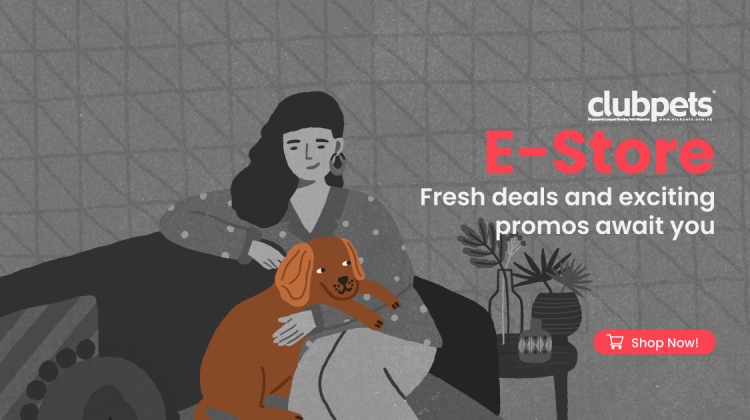A Guide to Managing Dog Separation Anxiety
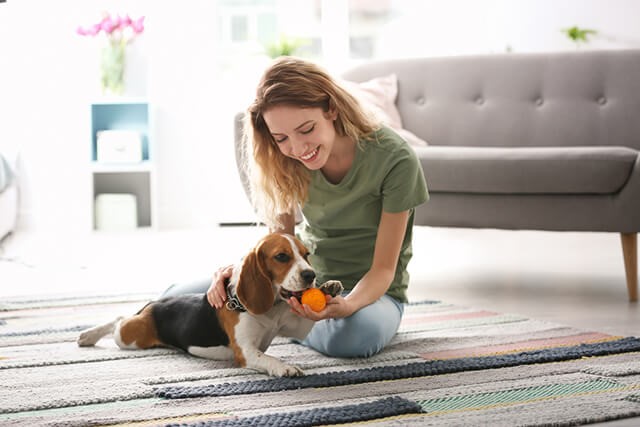
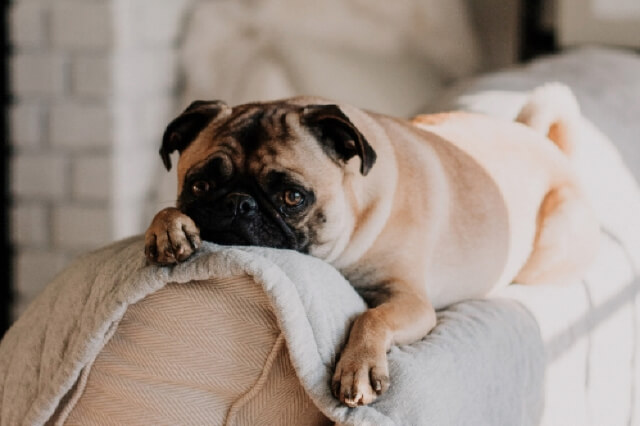
Dog separation anxiety is a common trait that occurs when dogs are, as its name suggests, away from their owners. Apart from scratching at the floors and walls or chewing at furniture, dogs who are suffering from separation anxiety may also be prone to bark, salivate or even urinate excessively. As such, here’re 4 tips to help your canine cope with your absence.Increase the Amount of Playtime

Engaging your furkid in physical and mental activities will help to decrease its levels of stress and most importantly, expend its energy. This will leave your canine feeling calmer and without energy to indulge in destructive behaviour. Should you work long hours, ensure you keep your pet engaged with activities through smart toys.Train Your Pup
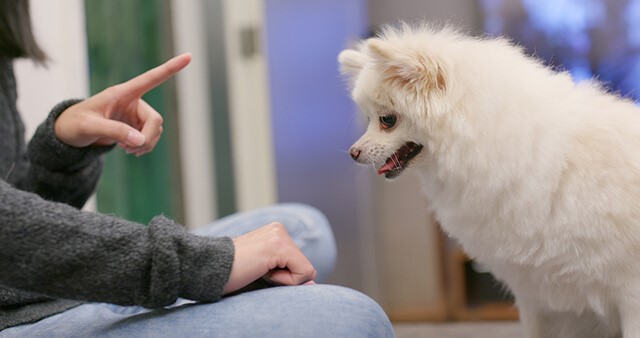
At the same time, you can also familiarise your pet with your absence with training phases. Kickstart the training by staying out of your dog’s sight before progressing to having it in a different room in the house. However, be sure to also progress through the duration of separation. While this may take considerable time and effort, it’ll better manage your canine’s separation anxiety. Additionally, having your pet be comfortable in your absence will also come in handy when preparing it for a stay at the pet boarding facility.Keep Your Hellos and Goodbyes Short
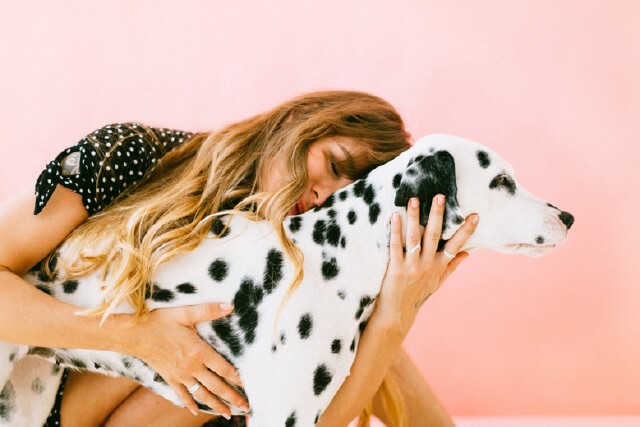
Once your pup is accustomed to your absence, it’s time to leave your house. However, bear in mind to keep your goodbyes short. If possible, try not to touch or have eye contact with your pup before leaving. But if you’re unable to resist telling it goodbye, do so in advance and not right before you leave.This aloof attitude is also recommended when coming home. If your canine tends to jump or get excited when it sees you, ignore it for a few minutes and wait for it to calm down before greeting it. This is to disassociate your leaving and returning to the house with high levels of excitement, to have your pet feel less excitable and stressed every time you do so.Stay Calm

